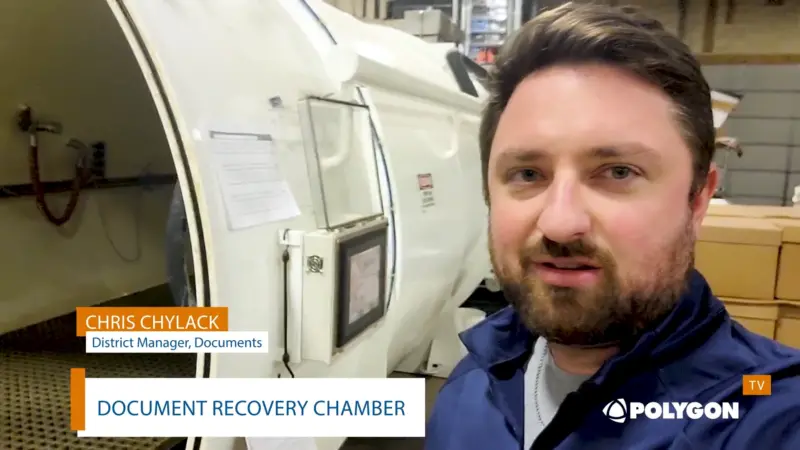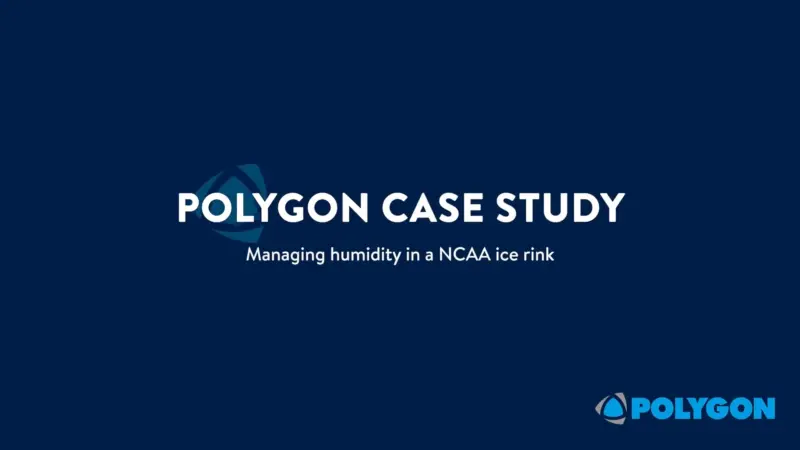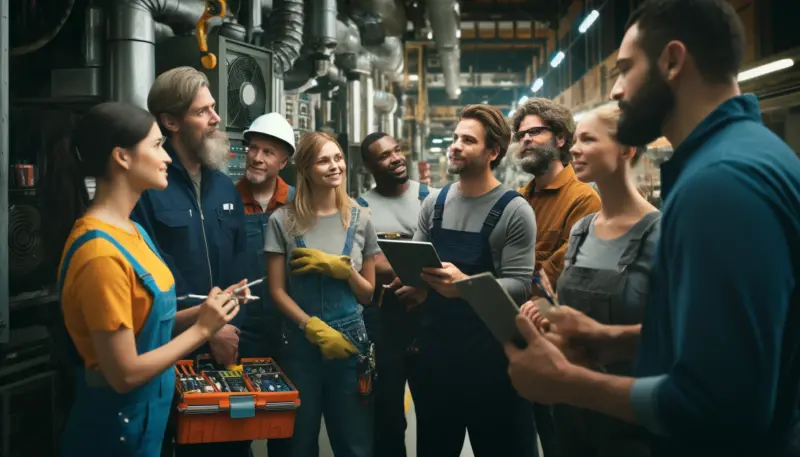Technology May Run the Elevator, but Humans Still Push the Buttons: The Convergence of AI and Human Interaction
It’s challenging to look around the world today and not see technology peering out from every angle. Technology and its continual advancements in AI, including generative AI capabilities, make society run. Currently, at $136.55 billion, the global artificial intelligence market size, is projected to expand at a compound annual growth rate (CAGR) of 37.3% through 2030. The world is just getting its first taste of ChatGPT, and experts see Public AI integrating itself into people’s lives sooner rather than later. One question remains in this race to let the chatbots take over: What’s left for humans to do? It turns out quite a lot.
Human interaction is, after all, a human thing, and people still crave and need it. To make all those AI advancements come to fruition to improve life, humans are behind the innovation and ingenuity of technology’s promise.
Stepping inside an elevator can feel like a time machine, transporting oneself magically from the ground, up a dizzying cascade of floors, and within seconds, a different level of work, imagination, living, and adventure. Behind the mechanics of an elevator is a story, a tale of people, humans, crafting, manufacturing, installing, and maintaining them, all in the service of transporting precious cargo daily.
Chris Gutkes, President of Island Elevator, is a 4th-generation elevator professional who understands that behind the technology built into the Elevator’s service in his Long Island community, people first, make his company what it is.
The intersection between people and technology was front and center of Chris Gutkes’s conversation with Straight Outta Crumpton host, Greg Crumpton, and MarketScale Communication Coordinator, Gabrielle Bar. Gutkes sees the debate waging between humans and technology every day; he provides some perspective on the future of AI and human interaction.
“I’ll tell you what’s been going forward,” Gutkes said. “It’s the same thing that’s been going forward in the duration of human innovative history. When we reached the machine age, we needed fewer people to do that. When we got to the point where we were outsourcing, we went from high-cost labor to low-cost labor. What do you think is the cost of labor associated with AI-generated production? It’s going to divide the world into haves and have-nots. And we’re talking about where’s the value going to be. The value will be in your skill set and relationships.”
Crumpton, Bar, and Gutkes discuss AI and human interaction further…
● The importance of the human touch in system maintenance and upkeep
● The intersection between human interaction and AI-driven capabilities
● How technology interacts with skilled trades and customer experience
“Currently, in the elevator industry, they do have automated robot assistants that they’re practicing with overseas,” Gutkes said. “It’s already in the works, so when we take one of these elevator pits, clean it up, and make it look like it should look, right now, we send two people out to do that job. In the future, as far as automated assistants are concerned, now you can send one person. And then the other person is hustling tools, paint, and material back and forth to the elevator shaft and setting themselves up to mock a barricade. So, as far as technology is concerned, the job won’t be fully automated, but in the future, it will be partially automated.”
Chris Gutkes is a passionate leader focused on people, service, and safety. His passion for first-class customer service, and dedication to the elevator industry, fuels his mission to serve the people and businesses of Long Island, NY, through Island Elevator.



